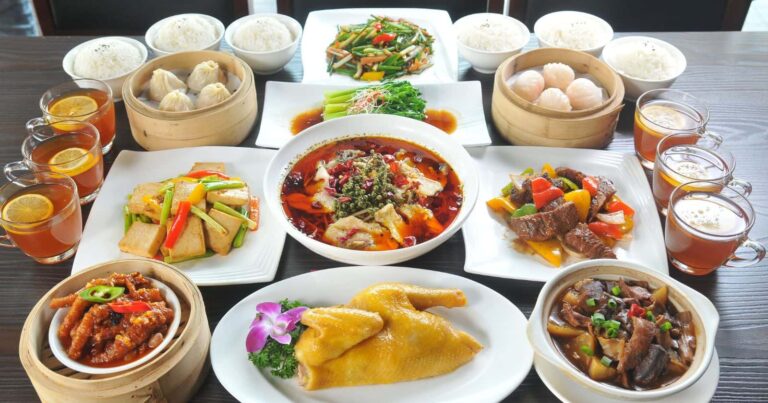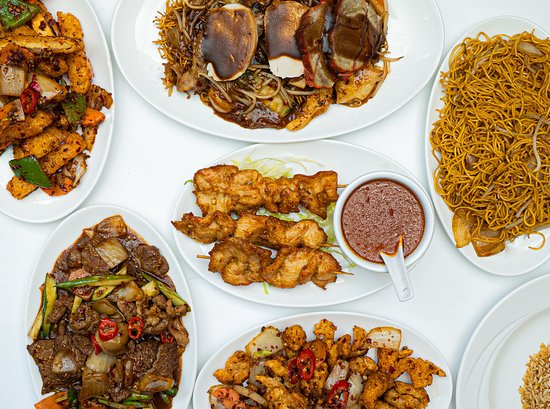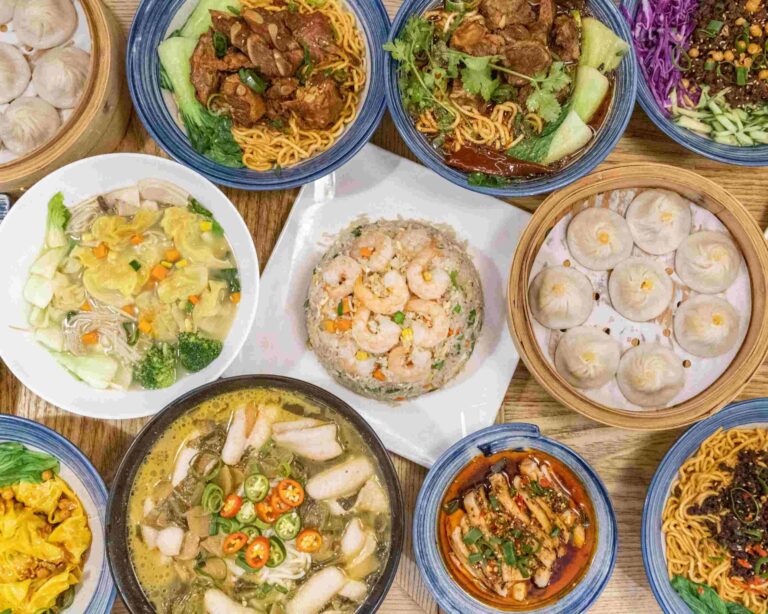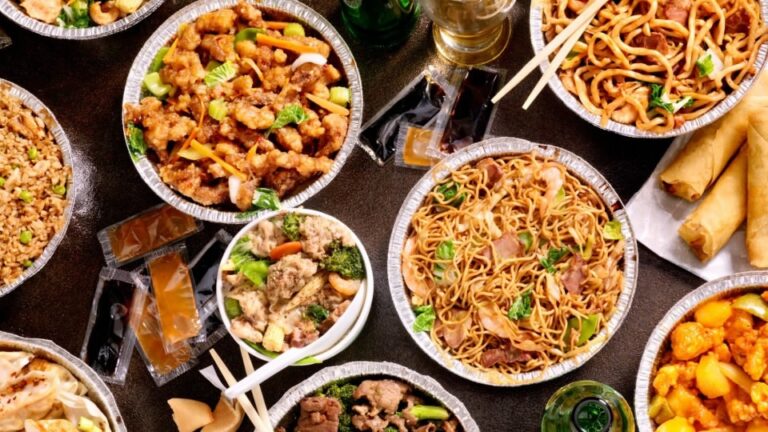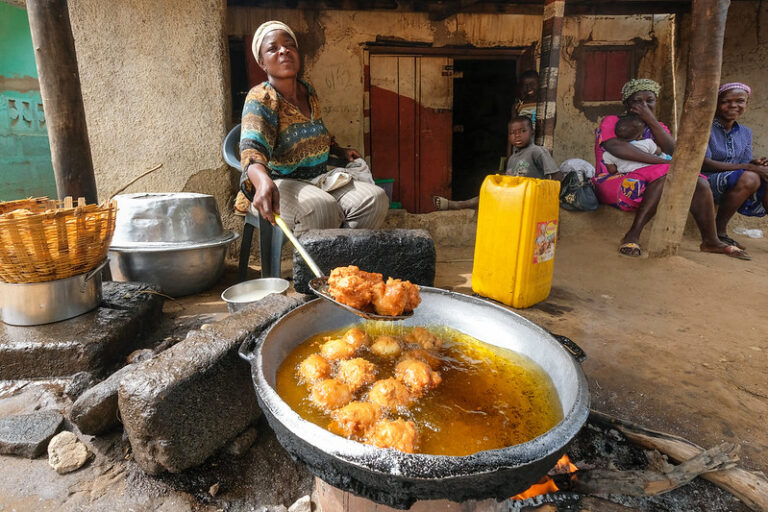Introduction
Chinese cuisine is known for its wide variety of flavors, cooking techniques, and ingredients. Street food is an important part of Chinese culinary culture, and its popularity has led to the creation of numerous food festivals and events throughout the country. These events showcase the best of Chinese street food and provide a unique cultural experience for locals and tourists alike.
Traditional Chinese Street Food Festivals
In China, street food festivals have a long tradition. The most famous of these festivals is the Spring Festival, which is celebrated on the first day of the Chinese lunar calendar. During this festival, street vendors sell traditional snacks such as dumplings, spring rolls, and rice cakes. Another popular festival is the Lantern Festival, which is held on the 15th day of the first lunar month. This festival is known for its colorful lantern displays and traditional snacks such as tangyuan (glutinous rice balls).
Night Markets in Taiwan
Taiwan is famous for its night markets, which are bustling with food vendors selling all kinds of street food. These markets are open late into the night, making them the perfect place to grab a quick bite after work or a night out. Some of the most popular night markets in Taiwan include Shilin Night Market in Taipei, Liuhe Night Market in Kaohsiung, and Fengjia Night Market in Taichung.
The Dragon Boat Festival
The Dragon Boat Festival, also known as Duanwu Festival, is celebrated on the fifth day of the fifth lunar month. This festival is known for its dragon boat races, where teams of paddlers race against each other in long, narrow boats. Traditional snacks such as zongzi (glutinous rice wrapped in bamboo leaves) are also a common sight during the festival.
The Mid-Autumn Festival
The Mid-Autumn Festival, also known as the Moon Festival, is celebrated on the 15th day of the eighth lunar month. This festival is known for its mooncakes, which are round pastries filled with sweet or savory fillings. Mooncakes are often given as gifts during the festival, and they are also a popular snack at street food stalls.
Chengdu’s Spicy Food Festival
Chengdu, the capital of Sichuan province, is known for its spicy cuisine. The city hosts an annual Spicy Food Festival, where vendors sell a wide range of spicy dishes such as hot pot, noodles, and grilled meats. The festival also features cooking competitions and cultural performances.
The Harbin Ice and Snow Festival
The Harbin Ice and Snow Festival is one of the largest winter festivals in the world. The festival features ice sculptures, snow activities, and a wide range of street food stalls. Visitors can sample traditional northern Chinese dishes such as dumplings, roasted lamb, and hot pot.
Shanghai International Food Festival
The Shanghai International Food Festival is a week-long event that attracts foodies from all over the world. The festival features food vendors from different regions of China as well as international cuisines. Visitors can sample dishes ranging from traditional Chinese street food to gourmet international cuisine.
In conclusion, Chinese street food festivals and events provide a unique culinary experience for locals and tourists alike. From traditional festivals to modern events, there are plenty of opportunities to sample the best of Chinese street food. Whether you’re in the mood for spicy Sichuanese cuisine or sweet mooncakes, there’s something for everyone at these festivals and events.

